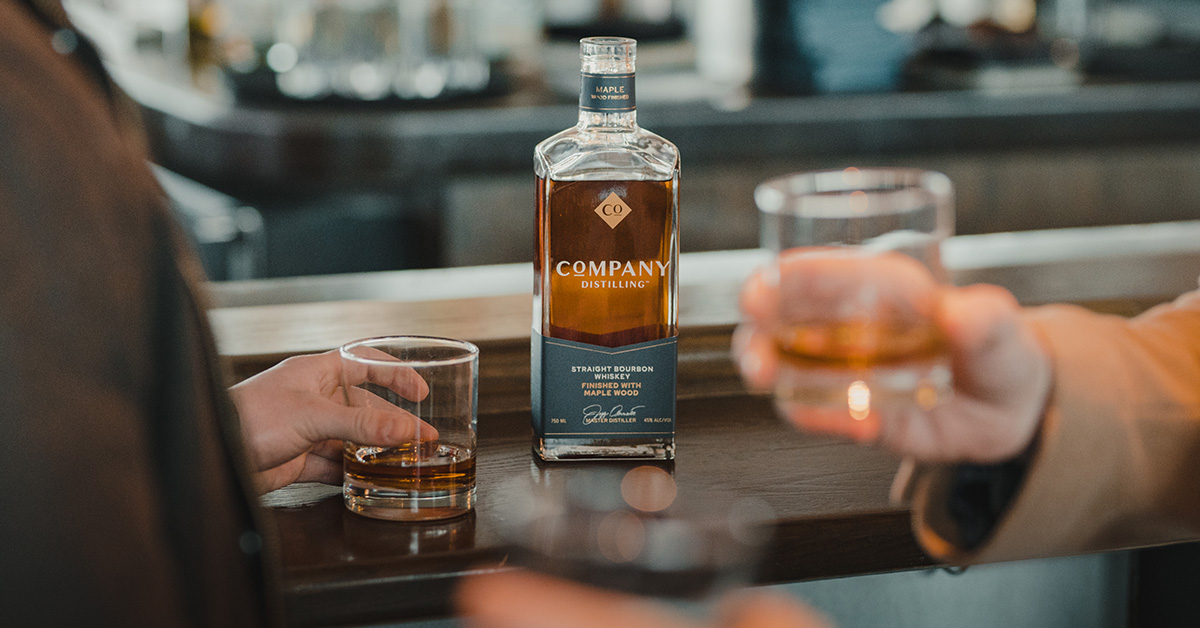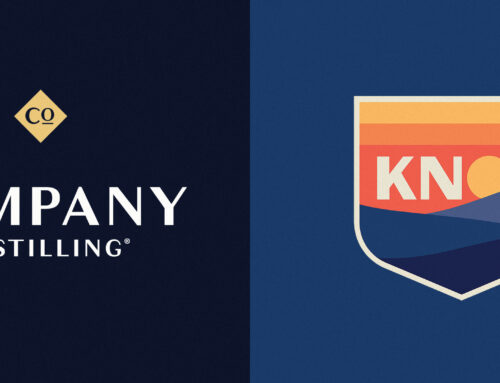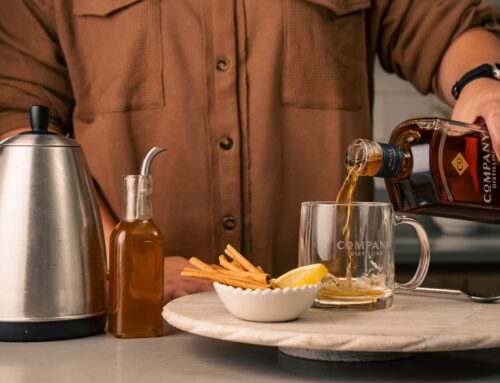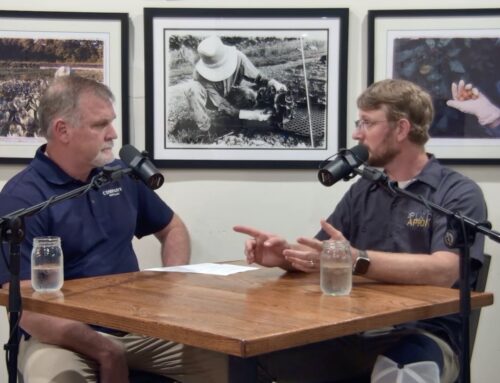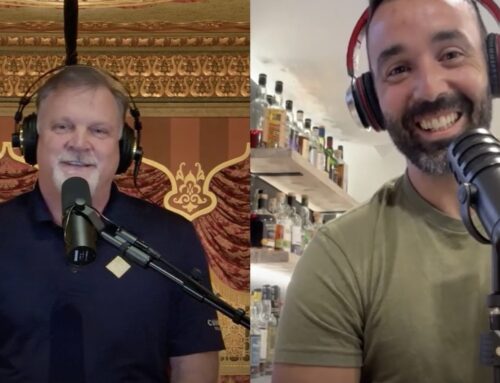We often get asked “what’s the difference between bourbon and whiskey?” Hear from Company Distilling Master Distiller, Jeff Arnett, as he shares some of the key differences. If you still have questions, stop by one of our distilleries Townsend or Thompson’s Station to learn more from our team.
What is the difference between bourbon and whiskey? Is bourbon whiskey?
All bourbons are whiskey, but not all whiskies are bourbons; therefore, bourbon is a specific class or type of whiskey. Whiskey can be made on any continent and is produced by fermenting grain, distilling the fermented liquid, and then placing the distillate into a barrel to mature.
What is bourbon? What are the different types of bourbon?
Bourbon must be made in the United States, include at least 51% corn in the grain bill, be distilled at or below 160 proof, and placed into a new charred oak barrel for maturation.
The remaining 49% of the grain bill can include numerous other grains. The most common grains included in bourbon are rye, wheat, and malted barley. Bourbons are often described as low rye, high rye, wheated, or four grain based on how their grain bills are constructed.
What are the different types of whiskey?
Whiskey can be produced from the same grains as bourbon, but they do not have to include corn in the majority. Whichever grain is used to make at least 51% of the mash bill will be the declared class or type of the whiskey.
Rye Whiskey is made from at least 51% rye, Malt Whiskey is made from at least 51% malted barley, and Wheat Whiskey is made from at least 51% wheat. The only exception to this is Corn Whiskey, which must be made from at least 80% corn and must be stored in either used barrels or uncharred new barrels.
Why is whiskey sometimes spelled with an e and other times without?
In Asia and Europe, the most common spelling of the word will not include an “e” and appears as “whisky” on most Japanese and Scotch labels. Ireland and the United States typically spell the word as “whiskey”. Both spellings are considered correct.

